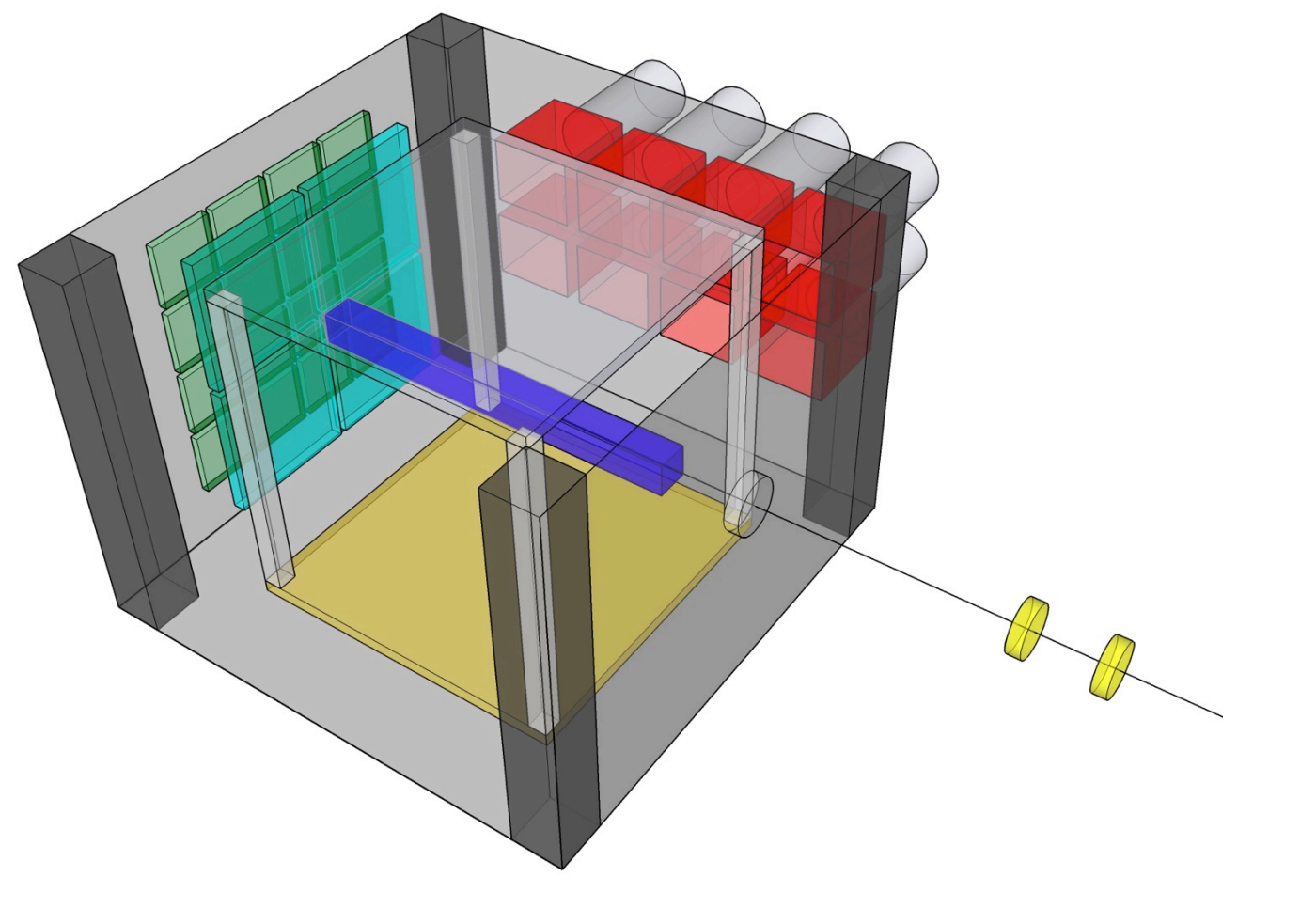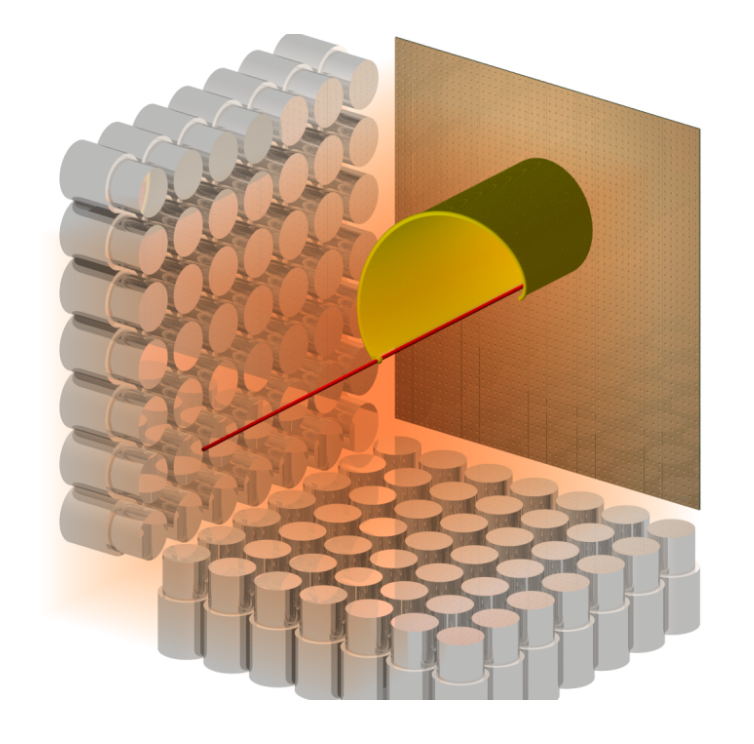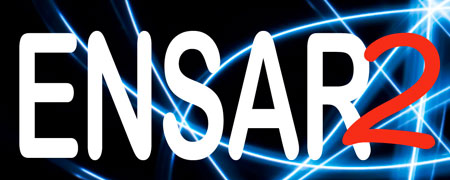A major challenge facing experiments with rare-isotope beams concerns the need to detect and quantify reaction and decay products using only limited numbers of ions. The use of a gas volume that acts as both a sensitive detector and as the target itself (an “active target”) thus offers significant advantages over traditional experiments. With an intrinsic high detection efficiency, excellent angular and position resolution, and the ability to reconstruct the kinematics of every event in 3 dimensions, ACTAR TPC will play a vital role in future studies of the most exotic nuclei. Funded by the European Research Council (ERC) in 2014, ACTAR TPC is an ambitious project responsible for the development of a novel and versatile detector system for rare-isotope beam experiments at GANIL (France) and CERN-ISOLDE (Switzerland) and other facilities worldwide. The ACTAR TPC collaboration is composed of researchers and engineers from GANIL, CENBG, IPN Orsay in France, the K.U. Leuven in Belgium, and the Universidade de Santiago de Compostela in Spain.
 Artistic view of ACTAR TPC with some ancillary detectors.
Artistic view of ACTAR TPC with some ancillary detectors.
 Artistic view of SPEC MAT.
Artistic view of SPEC MAT.
